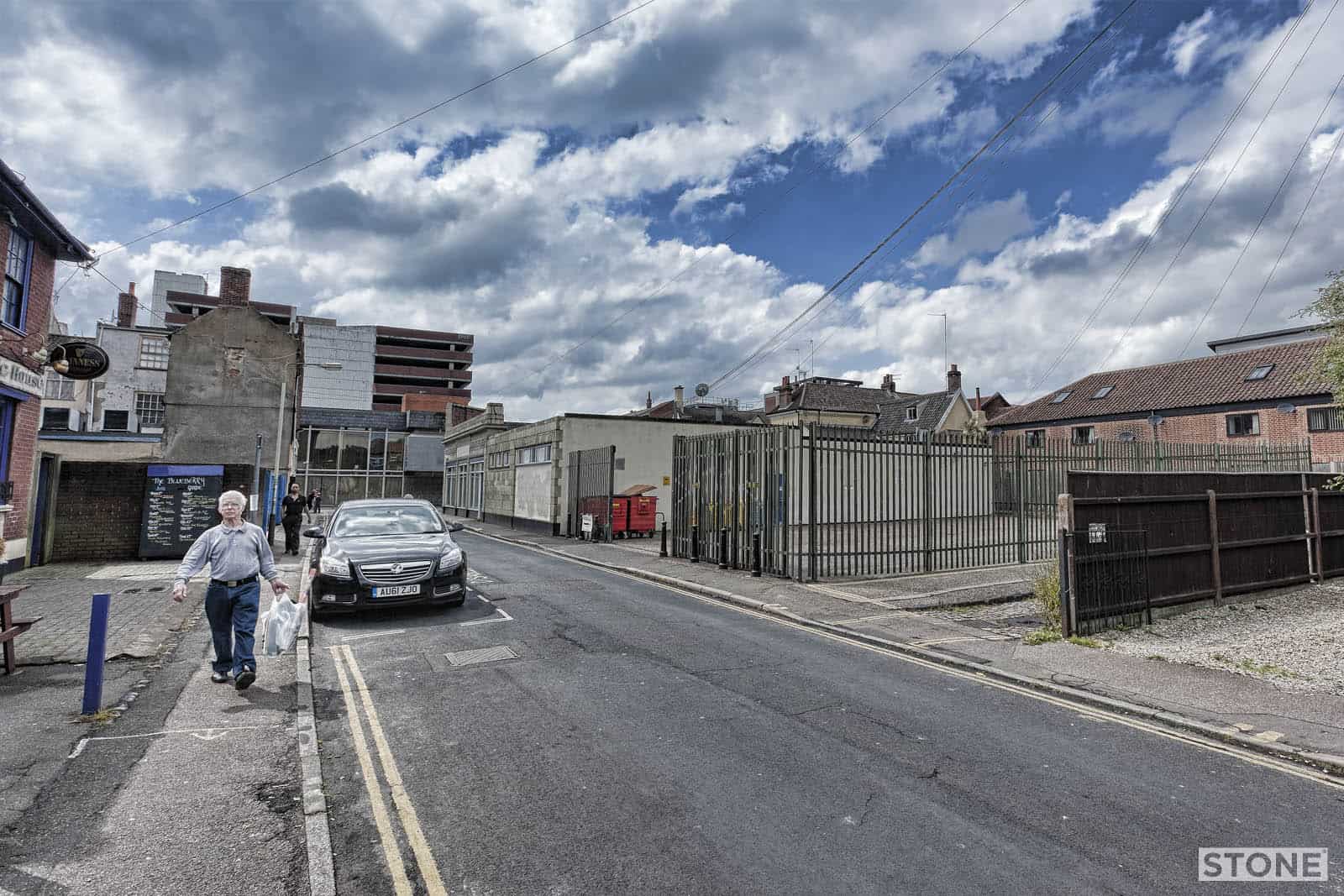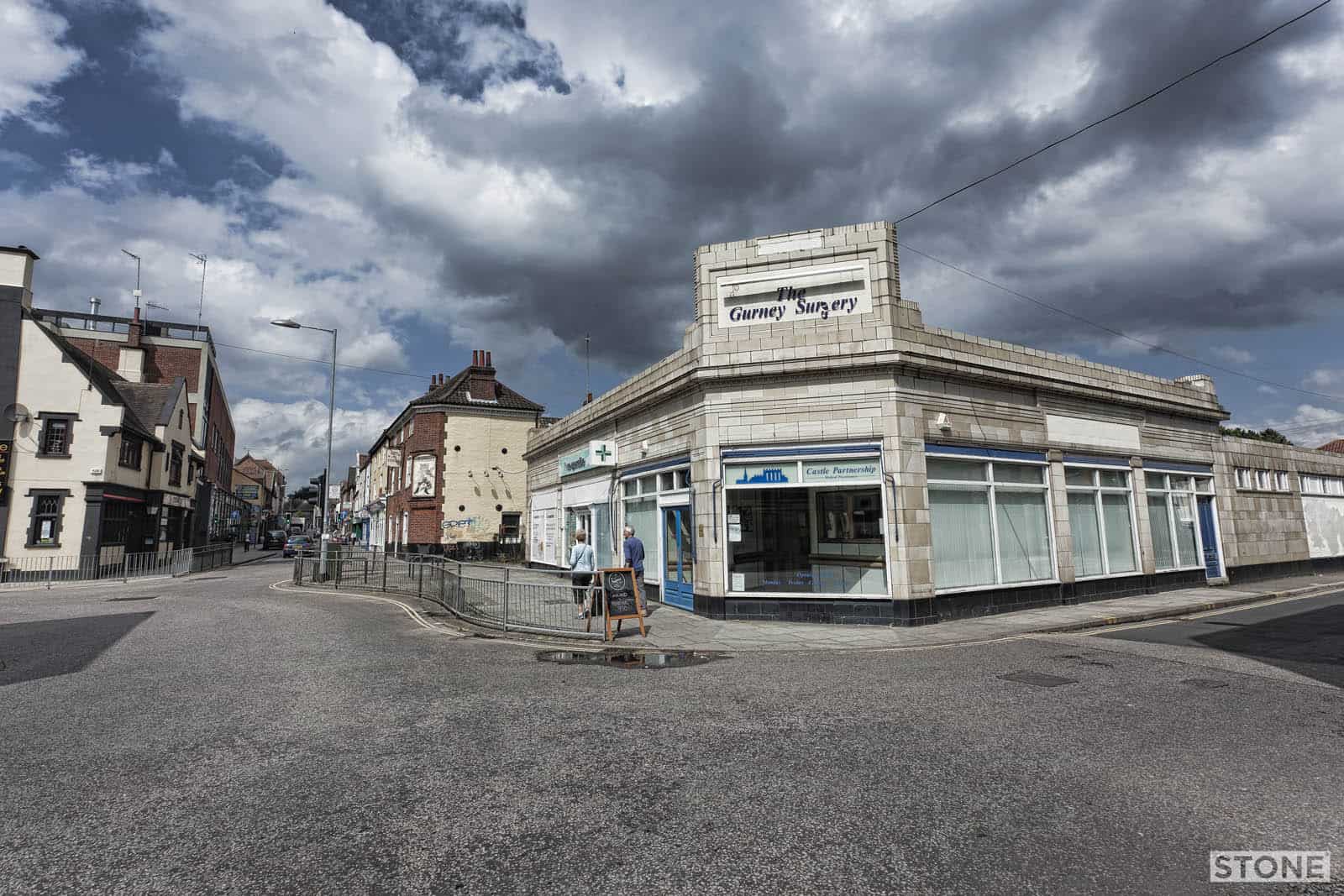Magdalen Streets’ hidden history: The lost churches Part 6, All Saints Fybriggate
There were two All Saints in Norwich, the remaining one stands in the shadow of Westlegate House, the old Provident Mutual office block which towers over it like the tall kid who hit puberty first at school, shoulders hunched and hands in pockets removing the pocket money from some smaller kid. That’s all a story for another time.
The All Saints we seek is a tough one to locate in the physical and temporal landscape, the last church on the map and the one we know virtually nothing about. Not least because only one is mentioned in the Domesday Book of 1166. It could in theory date from as early as 850, but if so would probably have been outside the original boundary ditch which makes me think that early date may be unlikely. The only other records are that in 1368 it ‘shared ornaments’ with St Saviour up Magdalen Street past the flyover. St Paul which was less than 100 feet away (see previous story) was the church that annexed it. And Blomfield records that in 1550 the church was granted by the Dean and Chapter to the mayor and citizens, who almost immediately split it into two lots; the yard and the chancel; and promptly sold it.
Presumably it was a simple affair, the flint would have been reused somewhere, probably nearby. There are no plans of it, no drawings, nada, zilch that I can find. Talking to Nick Groves reveals little else; we have no real idea except supposition as to where the building was in the speculative churchyard. We can make a stab at the churchyard extent; there is a pathway running at right angles to Cowgate towards some cottages that ‘could’ be the rear churchyard wall, the boundary of the Cat and Fiddle pub suggest another, but as with a lot of these things without tearing up a car park there is little or no chance of finding anything more out, it’s also entirely possible there are burials under the rather tatty but rather attractive 1930s tiled and styled Gurney chemist, which I seem to remember used to be a co-op. What we can say is that like many other churches of the period and in the poor area it was in, it was likely to have been fairly simple affair, flint rubble with flint facing, maybe some detailing in stone, possibly but not necessarily a tower and a thatched roof, it would have been aligned the same as St Saviours, the tower if there was one facing Magdalen Street. I’d hazard a guess that it was probably quite near the road. There is a vague outside chance that planning at The Corporation may have something recorded of the site when the Co-op was built, an avenue worth a look along at some point in the future. And what of Cowgate or Cow Gata literally Cow Street in Old Norse, it’s not sounding particularly metropolitan, not the land of some medieval primped elite, just Bovines, the land of Mr Fishfinger.
Should you go for a drink at the Plasterers; have braved the Cat and Fiddle or the guitars at the Blueberry, or are just wandering around outside the garish slot machine paradise, take a quick peek across the road at the site of this little unknown quantity.

The whole series of articles are available here:
Part 1 – Magdalen Street hidden history, the lost churches
Part 2 – St Botolph the Traveller
Part 3 – St Margaret: Beating the demons
Part 4 – St Mary Unbrent
Part 5 – St Paul
Part 6 – All Saints Fybriggate

